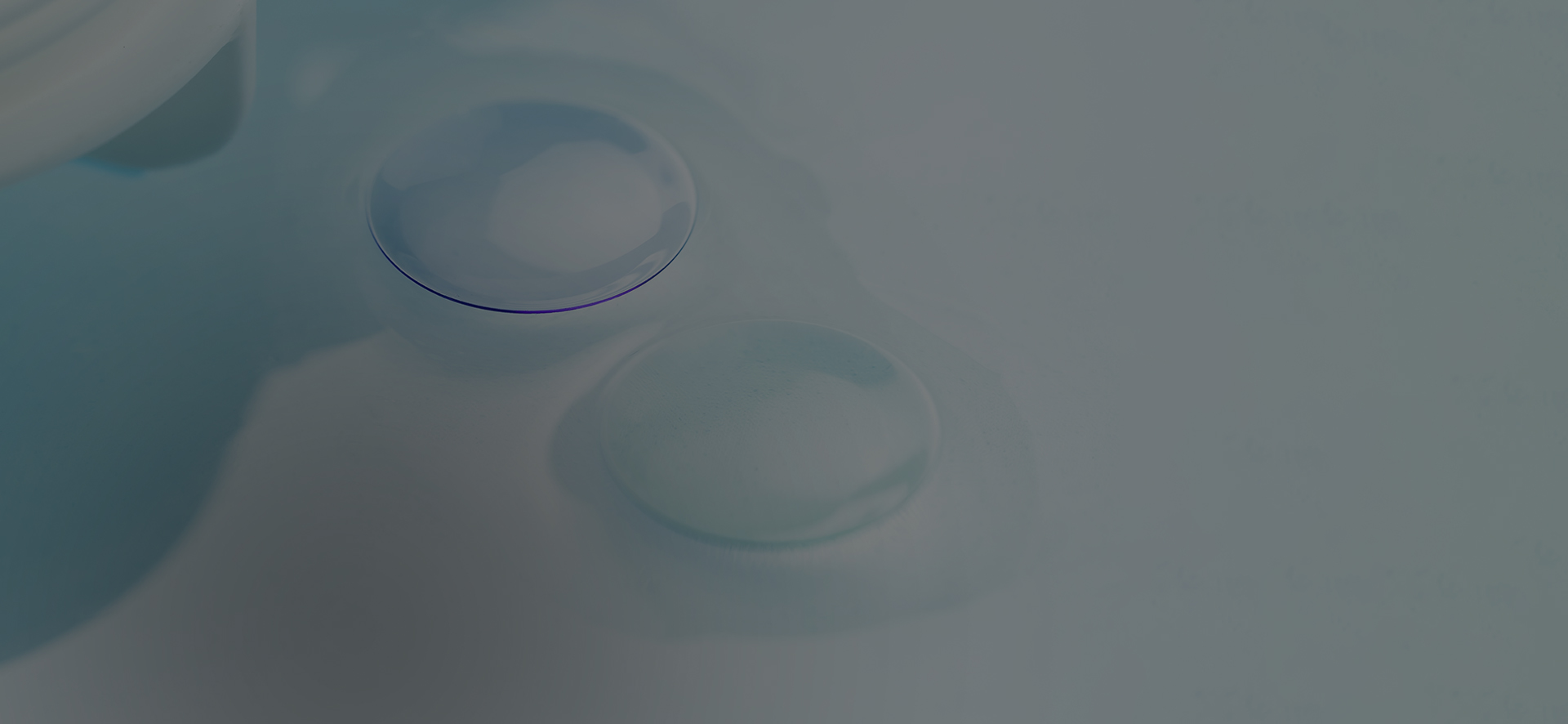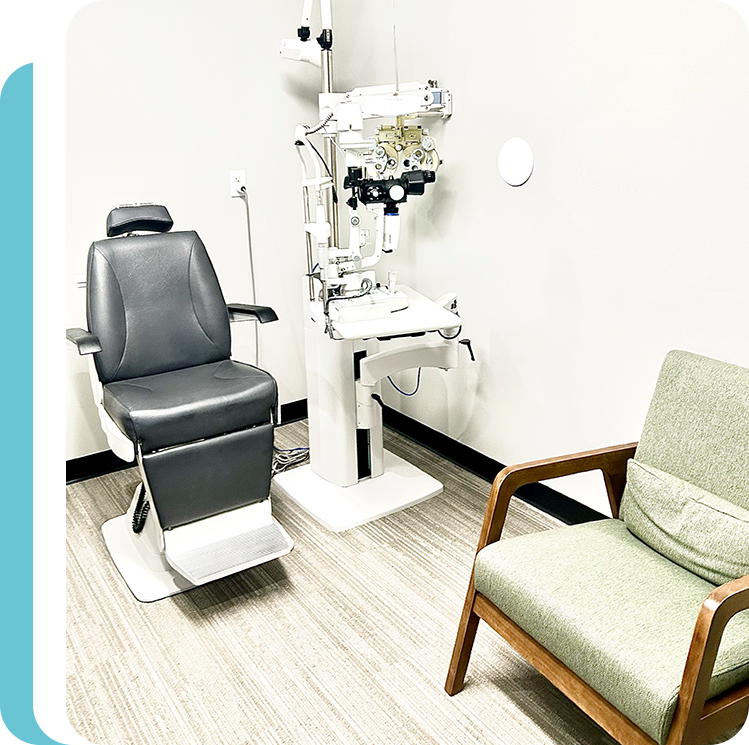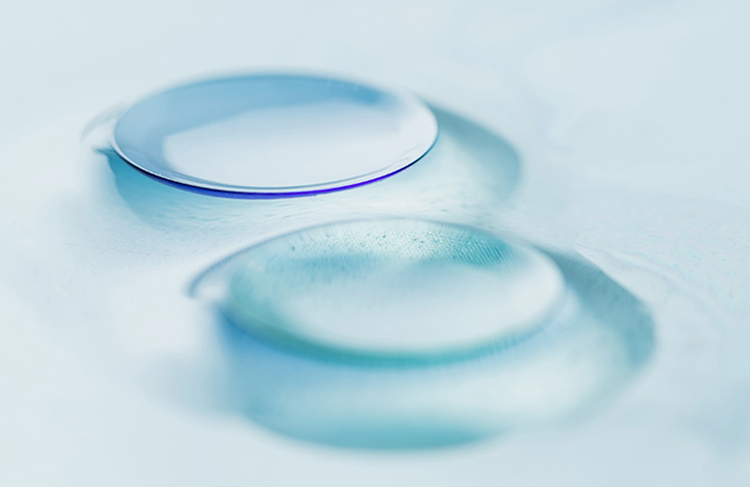
Gas Permeable (GP)
Contact Lenses
Request an Appointment
We provide the highest quality service to all our patients. Use the form below to request your appointment. Please note that we will reach out to you first to confirm your appointment or to provide you with an alternative date. You may also call us to request an appointment. Thank you!

GP Contact Lenses
Specialist in Kansas
What is Gas Permeable
(GP) Contact Lenses?
Gas permeable (GP) lenses, also known as rigid gas permeable (RGP), corneal GPs, or simply “hard” lenses, have been a trusted option in specialty contact lens care for decades. Though they may go by many names, all GP lenses share a core feature: they are made from a firm yet breathable plastic material that allows oxygen to pass through to the cornea, helping to maintain ocular health and comfort. Unlike soft lenses, which mold to the shape of the eye, GP lenses retain their form. This rigidity creates a smooth optical surface over irregular corneas, offering sharp, stable vision even when the cornea is misshapen or scarred. While they may take some time to adapt to initially, many patients find that the long-term vision quality and durability of GP lenses make them a valuable solution.

Who Are They For?
GP contact lenses are a great fit for patients who haven’t had success with traditional soft contacts, standard glasses, or even some types of specialty lenses. They are especially effective for individuals with:
High astigmatism
GP lenses neutralize irregular curvature by maintaining a consistent shape on the eye.
Keratoconus or corneal ectasia
Where the cornea becomes cone-shaped or uneven.
Corneal scarring or post-surgical eyes
Such as after radial keratotomy (RK), LASIK, or other surgeries that disrupt the corneal surface.
Irregular corneal surfaces
Where soft lenses may not provide adequate visual correction.
What Are The Benefits?
Consistently Clear
Vision GP lenses don’t flex or conform to the eye’s irregular surface like soft lenses. Instead, they create a uniform refracting surface over the cornea, correcting distortion and improving visual clarity, even in challenging cases like keratoconus or surgical scarring
High Oxygen Permeability
Made from advanced breathable plastics, GP lenses allow oxygen to reach the cornea, promoting healthier eyes during long-term wear.
Durability and Cost-Effectiveness
GP lenses are more durable than soft lenses and can last for a year or more with proper care. Though they may require a short adjustment period, they often provide better value over time due to their longevity.
Customization
GP lenses can be customized in shape, size, and power, allowing practitioners to design lenses for complex prescriptions or unique eye conditions.

GP Lenses VS. Scleral Lenses
Which is right for you?
Patients who wear GP lenses sometimes explore scleral lenses as an alternative, especially if they experience discomfort or instability with corneal GPs. While both lenses are designed for complex vision correction, their designs and fit differ significantly:
- GP lenses rest directly on the cornea and are smaller in diameter.
- Scleral lenses vault over the entire corneal surface and rest on the white of the eye (the sclera), often offering enhanced comfort and hydration.
At the Contact Lens Institute of Kansas, Dr. Letourneau and our experienced medical team will guide you through the benefits and limitations of each lens type. Using advanced diagnostic tools and precise fitting technology, we’ll help you find the ideal balance of clarity, comfort, and long-term eye health.
Testimonials
4.9 Average Reviews
Ready to Request an Appointment?
Request your GP Lenses appointment today. Our team will follow up with you to schedule a personalized consultation and provide any additional information you need. If you have any questions about GP Lenses, feel free to reach out to us at (913) 261-8327 for our Olathe location or (785) 268-6880 for our Lawrence Location.


